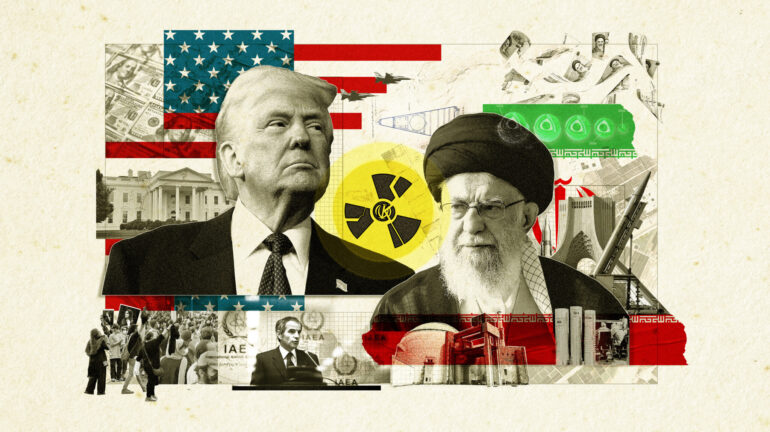In a world already tense with conflict, the head of the United Nations’ nuclear watchdog, Rafael Grossi, has raised a chilling alarm: Iran could restart enriching uranium for a potential nuclear bomb within just months. This warning, delivered on June 29, 2025, comes after U.S. and Israeli military strikes targeted Iran’s nuclear facilities, sparking heated debate about the true extent of the damage and Iran’s remaining capabilities.
The Strikes and Their Aftermath
On June 13, 2025, Israel launched attacks on Iranian nuclear and military sites, claiming Tehran was dangerously close to developing a nuclear weapon. The United States joined the assault, bombing three key nuclear facilities: Fordo, Natanz, and Isfahan. President Donald Trump boldly claimed the strikes had “completely obliterated” Iran’s nuclear program. However, Grossi, director of the International Atomic Energy Agency (IAEA), contradicted this on CBS News’ Face the Nation, stating the damage was “severe but not total.” He emphasized that Iran still possesses the technological and industrial ability to resume uranium enrichment quickly, potentially within months.
A leaked Pentagon assessment supports Grossi’s view, suggesting the strikes only delayed Iran’s nuclear ambitions by a matter of months, not decades as Trump claimed. While some Republican lawmakers argue the strikes were never meant to destroy all nuclear materials, the gap between official claims and reality has fueled uncertainty.
Iran’s Defiance and a Shaky Ceasefire
Iran’s response has been mixed. Supreme Leader Ayatollah Ali Khamenei downplayed the strikes’ impact, calling them insignificant, while Foreign Minister Abbas Araghchi admitted to “excessive and serious” damage. Tensions escalated when Iran’s parliament voted to suspend cooperation with the IAEA, accusing it of bias toward the U.S. and Israel. Araghchi even suggested Iran might reconsider its commitment to the Non-Proliferation Treaty, which bans signatories from developing nuclear weapons.
Despite a ceasefire agreement between Iran and Israel, distrust lingers. Iran’s armed forces chief, Abdolrahim Mousavi, expressed skepticism about Israel’s commitment to the truce, warning that Iran is ready to respond with force if attacked again. Meanwhile, Trump has vowed to consider further strikes if intelligence shows Iran resuming uranium enrichment to dangerous levels.
A Troubled History with the Nuclear Deal
Iran’s nuclear program has long been a global concern. Under the 2015 nuclear deal with world powers, Iran agreed to limit uranium enrichment to 3.67% purity—suitable for civilian nuclear power—and halt enrichment at Fordo for 15 years. However, in 2018, Trump withdrew the U.S. from the agreement, arguing it was too weak to prevent Iran from pursuing a bomb. In response, Iran began violating the deal’s restrictions, resuming enrichment at Fordo in 2021 and stockpiling enough 60%-enriched uranium to potentially produce nine nuclear bombs, according to the IAEA.
Grossi noted that while Iran insists its nuclear program is for peaceful purposes, it has failed to clarify critical issues, such as traces of uranium found at undeclared sites. The IAEA’s inability to inspect the damaged facilities further complicates efforts to monitor Iran’s activities.
The Path Forward
Despite Iran’s refusal to cooperate, Grossi remains hopeful for a diplomatic solution. “I have to sit down with Iran and look into this,” he said, stressing that a lasting resolution requires negotiation, not just military action. However, with Iran’s leadership sending mixed signals and its relationship with the IAEA deteriorating, the path to diplomacy looks uncertain.
As Tehran’s residents grapple with the aftermath of the strikes, the world watches anxiously. The possibility of Iran restarting its nuclear program looms large, raising questions about whether military strikes can truly halt its ambitions or if diplomacy is the only way to prevent a nuclear-armed Iran. For now, the clock is ticking, and the stakes couldn’t be higher.
